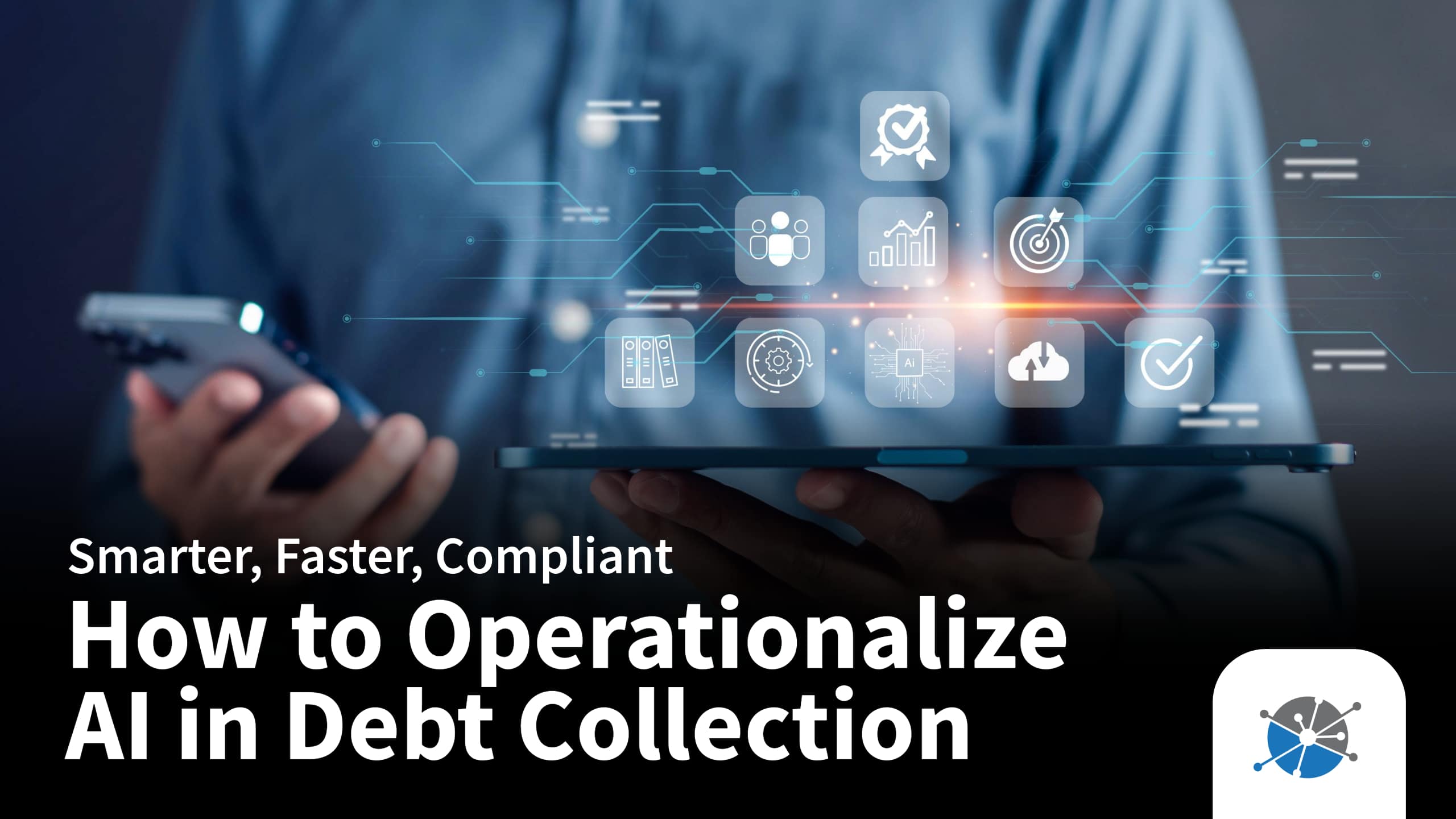
The Impact of Fast Machine Learning on Collections Analytics
In an era where businesses constantly strive to stay ahead of the curve, it’s crucial to adopt innovative solutions that can streamline processes and bolster outcomes. In the world of collections analytics, a transformative machine learning innovation known as “fast learning” (fast machine learning or “fast ML”) has emerged, paving the way for a new approach to debt recovery. This article delves into the intricacies of this groundbreaking technology and how it’s reshaping the collections analytics landscape.
What is fast machine learning?
A remarkable development in artificial intelligence, fast machine learning equips algorithms with the ability to rapidly learn and adapt to new data. This unparalleled learning speed implies that the more data the model processes, the more accurate and efficient it becomes, transforming businesses across industries.
How is fast machine learning changing collections analytics?
Improving customer segmentation
One of the most significant changes fast machine learning has brought about in collections analytics is the substantial improvement in customer segmentation. This technology enables businesses to craft personalized solutions for individual customers based on their unique financial situations and requirements. By fostering a more customer-centric approach to collections, fast ML can help businesses achieve improved outcomes for both themselves and their customers.
Enhancing prediction models
Fast learning has also facilitated a noteworthy enhancement of prediction models. Swiftly adapting to new data, these models can now predict customer behavior and payment patterns with unprecedented accuracy. Consequently, businesses can make well-informed decisions, effectively allocate resources, and ultimately reduce costs while improving collection rates.
Optimizing communication strategies
Effective communication with customers is paramount in debt recovery. Fast learning empowers businesses to finetune their communication strategies, taking into account customer interactions and preferences. By ensuring that customers receive timely, relevant, and personalized messages, businesses increase the likelihood of successful debt recovery.
Real-time decision making
In the world of collections, timing is everything. Fast learning ushers in real-time decision-making, allowing businesses to promptly react to shifts in customer behavior or market conditions. This agility can dramatically enhance the effectiveness of collections strategies and maximize recovery rates.
Strengthening compliance and risk management
Compliance and risk management play a critical role in the debt recovery process. Fast learning provides businesses with the ability to monitor and analyze vast amounts of data in real time, identifying potential compliance issues or risks at the earliest possible stage. This proactive approach ensures that businesses can address any concerns before they escalate, minimizing potential legal and financial consequences.
The future of collections analytics and fast machine learning
As technology advances at an unprecedented pace, fast machine learning is poised to revolutionize collections analytics. In the not-too-distant future, businesses can anticipate remarkable enhancements in debt recovery processes. By embracing these state-of-the-art techniques, companies can offer customers a more personalized experience, ultimately leading to higher satisfaction and improved results.
The rapid evolution of fast machine learning promises to bring about dynamic decision-making in collections analytics. Empowered by real-time data processing and analysis, businesses will find themselves able to nimbly adapt strategies and operations in response to ever-changing customer behaviors, market fluctuations, and risk factors. This newfound agility is bound to give companies a competitive advantage, ensuring they remain at the cutting edge of the debt recovery field.
Moreover, fast ML is expected to synergize with other emerging technologies, such as natural language processing (NLP), computer vision, and the Internet of Things (IoT), ushering in a new era of sophisticated and efficient collections analytics tools. As businesses harness the potential of this groundbreaking technology, they will be better equipped to deliver tailored and effective solutions to their customers, catalyzing the transformation of the collections industry as a whole.
Harness the power of fast machine learning with Equabli
The advent of fast machine learning has dramatically impacted collections analytics, revolutionizing the way businesses tackle debt recovery. By leveraging the power of this cutting-edge technology, businesses can refine their processes, drive healthier outcomes, and foster a more customer-centric experience.
If you’re eager to embrace the future of collections analytics and capitalize on the power of fast ML, look no further than Equabli. Our centralized debt management platform incorporates intelligent tools and technologies, including industry-leading analytics, to help you make informed decisions and flawlessly execute your strategies. Contact us today to discover how we can use fast learning to revolutionize your debt recovery process and create a healthier recovery ecosystem.
About Equabli, Inc
At Equabli, we’re experienced and ambitious fintech entrepreneurs tackling the delinquency and default stages of the consumer credit lifecycle. Equabli is the central hub for debt management. Our Recovery as a Service platform uses intelligent tools and technologies to simplify and streamline the debt recovery process and optimize outcomes for both lenders and borrowers. Equabli makes recoveries easier, gives valuable insights, and supports a healthier recoveries ecosystem for all.





